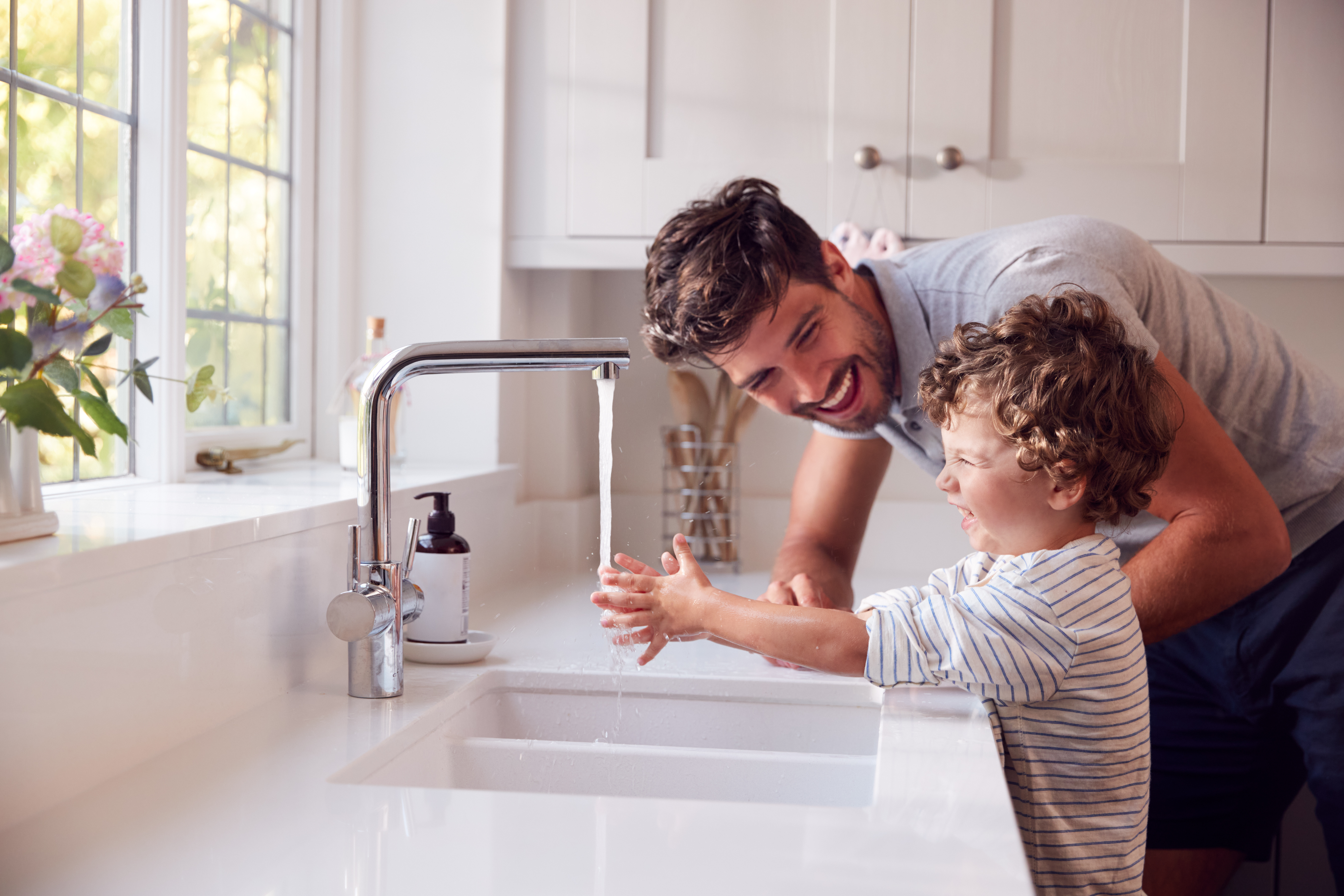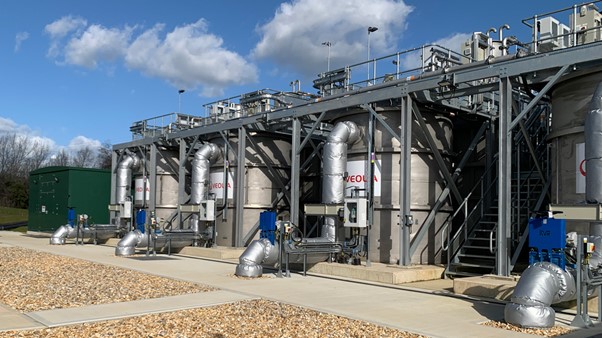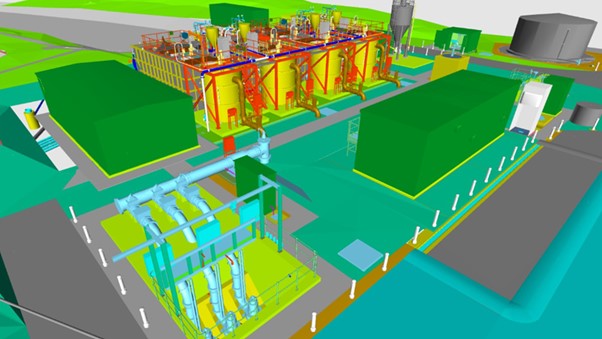
Creating a resilient water future
Using a fresh approach to waste water treatment and innovative technology to protect a biological site of special scientific interest, whilst ensuring a resilient water future for Hailsham.
- Service 1
Southern Water
- Service 1
Joint venture, CMDP - between Costain and MWH Treatment.
Southern Water’s in-house engineering team selected the overall treatment process, working with Veolia Water Technologies. Multiple supply chain partners involved.
- Service 1
Strategic consultancy, complex programme delivery, asset optimisation
- Service 1
2021
Key Benefits
Site achieved lowest phosphorus limits in the UK
through innovative approaches
17 tonnes of carbon
(approximately) saved through reuse of evacuated spoil
Achieved significant and ambitious biological net gain
by retaining wetland
Summary of challenge:
To accommodate local housing growth and protect the environment, Southern Water invested in a significant upgrade to its Hailsham South Waste Water Treatment Works (WwTW). The level of treatment and monitoring that a WwTW must provide is regulated by the Environment Agency and depends on the population equivalent (PE) of the area it serves.
Southern Water also needed to meet its obligations under the Habitats Directives and Water Framework Directive to improve the water quality of the Pevensey Levels, a biological Site of Special Scientific Interest and home to a population of Ramshorn snail — a priority protected species in the UK Biodiversity Action Plan.
To ensure the site’s resilience and protect the environment, the project used innovative technology and involved a wide-ranging programme of works. This included temporary works to install an inlet pipe to feed the new tertiary treatment process, civil and electrical works, as well as improvements to secondary treatment capabilities such as enhancements to oxidation ditches.

Solution
Collaborative working
Our focus on early engagement and collaborative working with Southern Water’s operations and in-house engineering technical services team and other partners ensured the efficient installation of the £30 million upgrade, on time and beyond compliance limits. This included detailed design planning and costing ahead of construction.
Early engagement with East Sussex County Council and Wealden District Council was essential to secure planning permission for the comprehensive programme of works. Regular meetings were held, and site tours arranged to foster relationships.
Assured delivery
Careful planning and programme management was required to deliver this complex programme, using skilled engineers and project professionals with extensive water experience. This enabled significant challenges to be overcome, including supply chain issues as a result of the pandemic, drainage ditch cleaning scope, sequencing issues, traffic management and maintaining compliance.
A detailed Operating Techniques Agreement (OTA), the first in the UK, was drawn up between Southern Water, the Environment Agency, and Natural England, to formalise the necessary additional operating commitments and ensure the effluent met the modelled phosphorus target. Meeting favourable status and growth would not have been possible by complying with the Technically Achievable Limit alone.
With tightening regulatory limits across the industry and public and political pressure to improve water quality, this project shows what is possible. Knowledge was shared with other water companies, with site visits arranged to see the technology working.
Innovation
Technical trials identified a high-rate, compact water clarification process, Actiflo® Turbo from Veolia Water Technologies, as a suitable solution for the upgrade. Adopting this clean water treatment process was a UK first. Due to the high hydraulic upflow rate of this technology, the process boasts a footprint 5-25 times smaller than other clarification systems. The modular unit was designed and assembled off site. This helped reduce installation costs, construction traffic, and carbon impact.

Environmental benefits
A tremendous opportunity was identified to go beyond normal industry practice and create a natural ‘wilded’ biodiverse environment from three tertiary lagoons that were to be retired from operation following the implementation of the new Actiflo® process.
Soil from the construction process was retained and used to backfill one of the lagoons. This ensured the project did not need to dispose of over 3,500m3 of soil to landfill, avoiding over 300 lorry movements. This saved circa 17t of carbon.
The retention of the lagoons as wetland features demonstrates a significant commitment to ecological and environmental protection and improvement.
To facilitate Favourable Status designation from Natural England, the Environment Agency required Southern Water to tighten the existing total phosphorous consents from 1.0mg/l to the Technically Achievable Limit (TAL) of 0.25mg/l by December 2021, and via mutual agreement to push beyond this to tighter targets of 0.1mg/l at Hailsham South - the lowest in the UK.
The Southern Water/CMDP joint venture project team was able to achieve its regulatory date of 21 December 2021 and, along with a similar upgrade to Hailsham North, Hailsham South WwTW now achieves the lowest phosphorus limits in the UK.

Contact and social
Water
